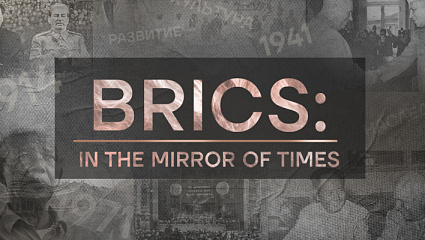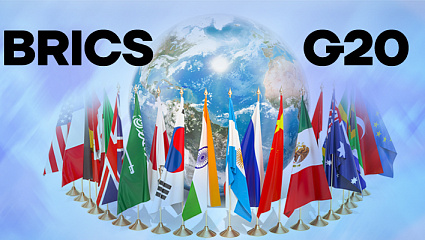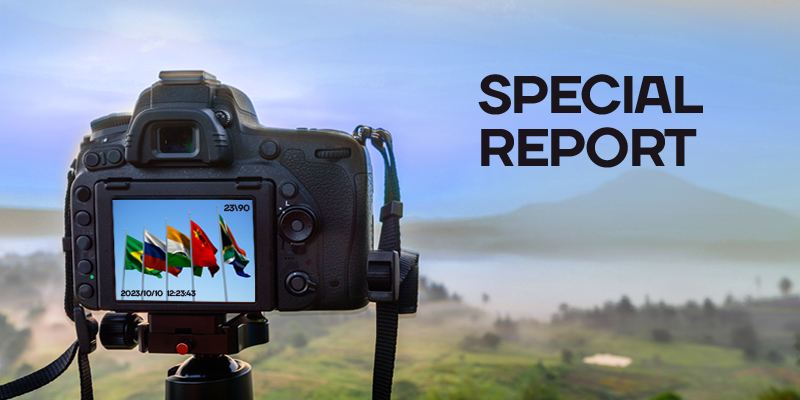Radio Physicists in Russia are Developing a New Technology for a Portable Glucometer
Scientists of the Tomsk State University are developing a new technology of non-invasive glucometry. By 2021, they will create a working laboratory model of an electromagnetic sensor that will be able to determine accurately the concentration of glucose in blood. The study is being conducted on the basis of the Radio Physical Faculty of the TSU and the Siberian Instituteof Physics and Technology. The project is supported by the Russian Science Foundation grant.
Diabetes mellitus is one of the most common diseases, it ranks third after cardiovascular and oncological diseases. According to WHO estimates, the number of people with diabetes has increased almost fourfold since 1980 - in 2016 there were about 422 million adults worldwide. In most cases, the blood glucose concentration control of patients avoids complications, disability and death, so the creation of accurate non-invasive technologies that do not require regular finger pricking for blood sampling is an important task.
“The accuracy of modern non-invasive glucometers leaves much to be desired, this is due to the protective skin and muscle cover of a person. Overcoming of this cover is a kind of stumbling block in creating an effective non-invasive device for assessing the level of blood glucose.
As a rule, it is the skin cover and the parameters of the internal environment that make significant errors in the measured data, –the Project Manager, researcher of the laboratory "Safety Methods, Systems and Technologies" of the Siberian Institute of Physics and Technology of the TSU KseniaZavyalovasays. - Our proposed new concept will provide superiority on the accuracy of estimate over existing analogues in the world. It is based on the study of the so-called near-field effect in the wide frequency band."
Radio-frequency radiationis divided into near and far zone from the zone source. The near zone is always tried to be reduced in order to increase the antenna efficiency. At the same time, a wave attenuates very quicklyin environments with high absorption (earth, water). Getting on the human body, the radio wave is very quickly absorbed in the very first millimeters of the skin and does not penetrate deep intoa person.
But radio physicists of the TSU have found that the field in the near zone is not weakened, which means that it can penetrate well into a person. To do this, it is necessary to expand the boundary of the near zone, for example, by creating a special sensor. And by varying the frequency of radiation, it is possible to control the penetration of electromagnetic waves into the human body and to perform its diagnosis, for example, to “bring” the near zone to the blood vessels to analyze the glucose concentration.
“As a result, we will create a non-invasive glucometer technology and a current laboratory model of the electromagnetic sensor. For this, a method of managing the depth of the near zone will be developed,” KseniaZavyalovaexplains. “The results obtained will find application in the development of new, non-contact, efficient and commercially available radio-wave medical diagnostic devices.”
In the future, the technology can become the basis for further, more in-depth studies of tissues and the change processes in them.







 DIGITAL WORLD
DIGITAL WORLD





































